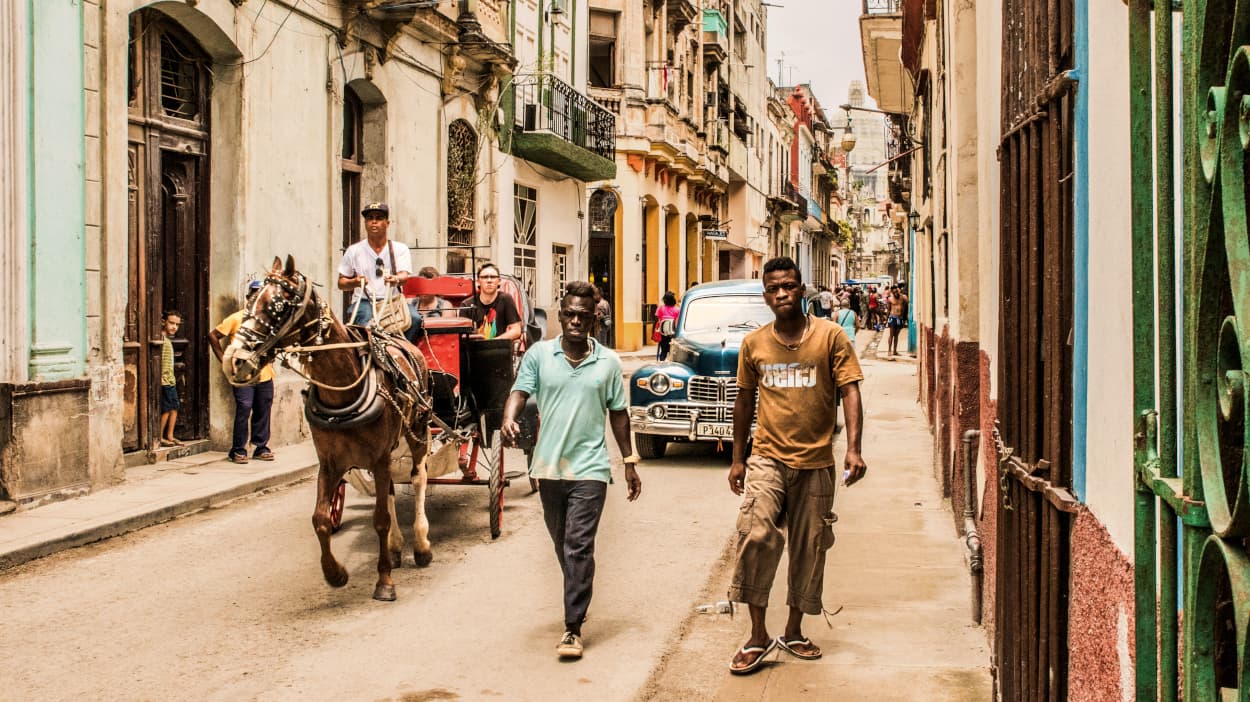Cuba: Re-election of President Diaz-Canel means policy continuity is expected but will be challenging amid an ailing economy

Event
Last month, Cuban lawmakers re-elected Miguel Diaz-Canel as president for a second term. This second five-year term will be his final one, pursuant to the Constitution put in place in 2019. The re-election isn’t a surprise as Diaz-Canel is the leader of the “Partido Comunista de Cuba”, which is the country's only recognised political party. This also means continuity of policies, such as allowing for more private sector participation, can be expected in the following years. Nevertheless, the coming years are likely to be challenging for his administration because of severe shortages of hard currencies and basic goods, falling living standards, a very slow economic recovery (after a steep recession of -11% in 2020) and high inflation. Hence, the continuation of adopting stronger market-oriented measures is unlikely to be linear and will probably consist of back-and-forth moves.
Impact
In January 2021, an important market-oriented reform was enacted. Under pressure from food shortages and the Covid-19 pandemic, the government devaluated the currency for the first time since the 1959 revolution and abolished one of its two currencies, as the two-currencies system had proven to be very distortive. Despite the severe currency devaluation, the black market rate spiralled. Moreover, inflation skyrocketed and triggered nationwide unrest in July 2021. Mid-2022, the authorities introduced a second exchange rate for the private sector, matching the then black market rate of CUP120:USD1 – five times higher than the current official exchange rate – and thereby returned to official currency dualism. As the black market exchange rate has further depreciated since then and still seems undervalued, a severe devaluation is necessary to reduce the economic distortions. As that will likely lead to short-term pain once more (e.g. high inflation and unrest), the government might be unwilling to abolish the currency dualism again soon. Nevertheless, a further devaluation might be necessary because as long as the overvalued currency peg is kept in place, it will pressurise the foreign exchange reserves and hence the liquidity of the country.
The Caribbean island is reported to have severe shortages of hard currencies and basic goods since 2020. Cuba has been hit hard by the Covid-19 pandemic and consequential sudden stop in tourist arrivals. The recovery of the tourism sector has been slow since the lifting of pandemic-related restrictions in 2022 and tourist arrivals are still clearly below pre-Covid levels. The low tourism revenues (a key source of foreign exchange) in combination with high oil and food prices have severely weighed on the current account balance, aggravating shortages of hard currency. Given the ongoing US sanctions which are hurting international bank relations, the slow recovery of tourism revenues and slowing global economic growth, current account revenues will only very gradually recover. Hence, significant foreign exchange shortages are likely to persist in the coming years. Moreover, downside risks are looming, given the island lies in the hurricane belt and fierce tropical storms can seriously damage Cuba’s infrastructure, agriculture, and tourism industry, as recently illustrated by Hurricane Ian in 2022. Cuba’s dependence on financial aid from Venezuela poses downside risks as well.
Cuba is classified in the highest risk category, 7/7, for ST and MLT political risk mainly because of chronic shortages of foreign exchange and basic goods, severe sanctions from the USA and the country’s history of accumulating payment delays. The outlook remains stable, owing to Cuba’s poor payment record and the lack of reliable data.
Analyst: Jolyn Debuysscher – J.Debuysscher@credendo.com